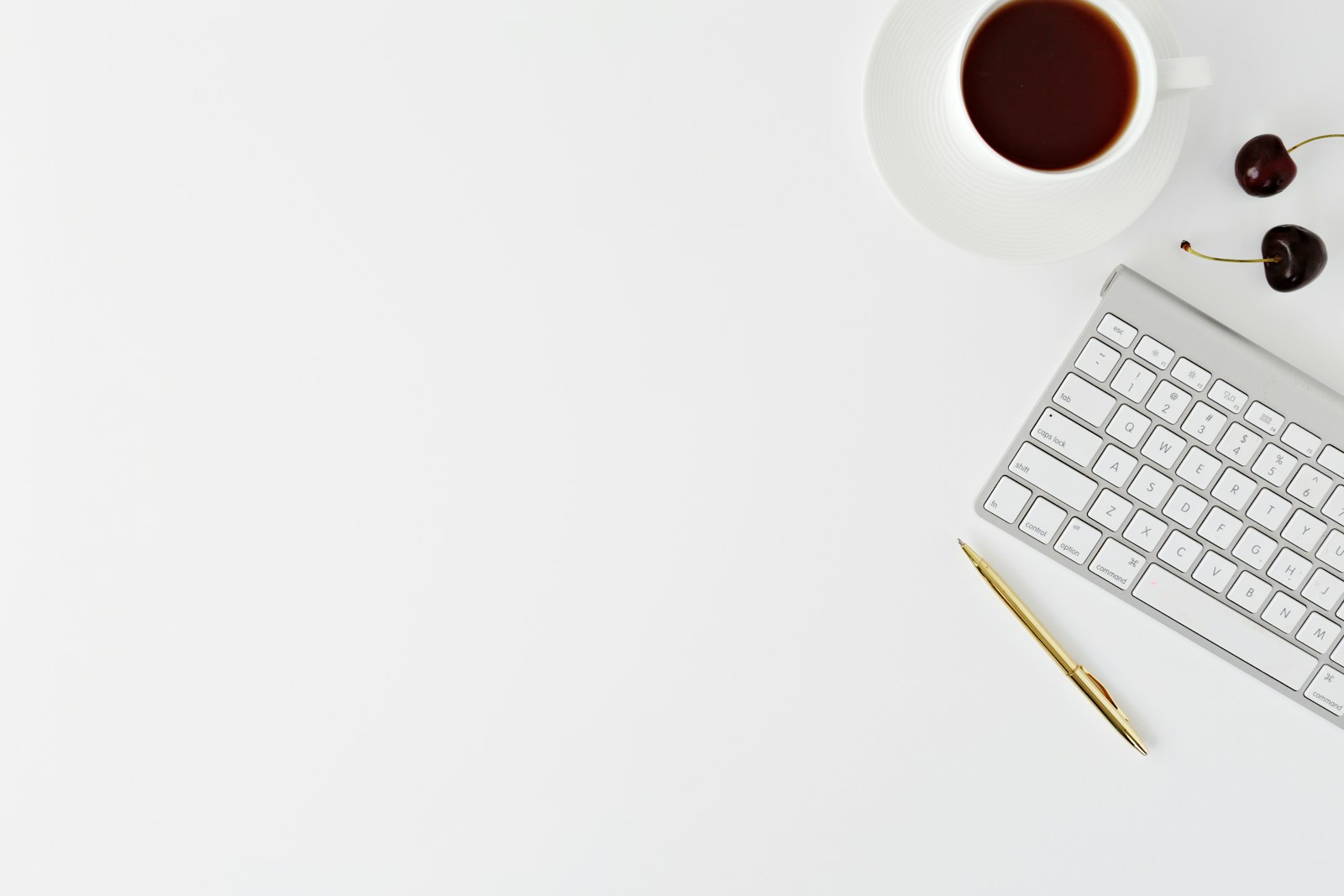In today’s busy world, where distractions and obligations constantly vie for our attention, finding a way to be productive can feel overwhelming. For many, the answer lies in minimalism—a philosophy that, when applied to productivity, can help us focus on what truly matters. By simplifying our approach and stripping away unnecessary complexity, we can create a more effective and fulfilling path to achieving our goals. Here’s a minimalist’s guide to productivity, designed to help you concentrate on what’s most important and get things done with clarity and purpose.
1. Define Your Core Priorities
The first step in boosting productivity through minimalism is to clearly define your core priorities. Minimalism teaches us to focus on what truly matters by eliminating the noise of non-essential tasks and commitments. Take some time to identify your top goals and values. What are the few things that align with your long-term vision and bring you the most satisfaction? By narrowing down your focus to these core priorities, you can better direct your efforts and energy.
2. Simplify Your Task List
A cluttered task list can be a major barrier to productivity. Minimalism encourages us to simplify and streamline. Start by decluttering your to-do list: remove tasks that are no longer relevant or don’t align with your core priorities. Consider using the “Pareto Principle,” which suggests that 80% of results come from 20% of efforts. Focus on those high-impact tasks that drive the most significant progress toward your goals. A simplified task list not only reduces overwhelm but also helps you concentrate on what will make the most difference.
3. Embrace the Power of Single-Tasking
In a world that glorifies multitasking, minimalism advocates for single-tasking as a more effective approach. Multitasking can often lead to scattered attention and lower quality of work. Instead, dedicate focused blocks of time to one task at a time. Use techniques like the Pomodoro Technique—working for 25 minutes followed by a 5-minute break—to enhance your focus and productivity. By immersing yourself fully in one task, you can work more efficiently and achieve better results.
4. Design a Minimalist Workspace
Your physical environment plays a crucial role in your productivity. A cluttered workspace can lead to a cluttered mind. Adopt a minimalist approach to your work area by keeping it clean and organized. Remove unnecessary items, and only keep tools and resources that are essential for your tasks. A well-organized, minimalist workspace can help you stay focused, reduce distractions, and enhance your overall efficiency.
5. Implement Effective Time Management
Minimalism in productivity also involves managing your time effectively. Simplify your schedule by prioritizing essential activities and avoiding time-consuming commitments that don’t align with your goals. Use tools like digital calendars or planners to keep track of your tasks and deadlines. Block out dedicated time for focused work, and be mindful of how you spend your time throughout the day. Avoid overloading your schedule with too many tasks or meetings, and learn to say no to activities that don’t serve your core priorities.
6. Create Routine and Ritual
Establishing routines and rituals can streamline your productivity and make your days more predictable and manageable. Minimalism encourages the creation of simple, consistent habits that support your goals. Develop a daily or weekly routine that aligns with your priorities and includes time for focused work, breaks, and self-care. Consistent routines help build momentum and make productivity a natural part of your life.
7. Practice Mindful Technology Use
Technology, while useful, can also be a major source of distraction and overwhelm. Minimalism calls for a mindful approach to technology use. Limit your time on social media, avoid constant email checking, and turn off non-essential notifications. Use technology purposefully and ensure that it supports rather than hinders your productivity. Consider digital decluttering by organizing your files and apps, and regularly reviewing your tech habits to maintain focus.
8. Reflect and Adjust
Finally, minimalism in productivity involves regular reflection and adjustment. Periodically assess your progress and evaluate how well your minimalist strategies are working. Are you achieving your core priorities? Are there areas where you could simplify further or adjust your approach? Reflecting on your productivity practices allows you to make informed adjustments and continuously improve your efficiency.
By embracing minimalism in your approach to productivity, you can cut through the clutter and focus on what truly matters. Defining core priorities, simplifying task lists, practicing single-tasking, and maintaining an organized workspace are all key elements in this process. Effective time management, consistent routines, mindful technology use, and regular reflection also contribute to a more productive and fulfilling work life.
Minimalism isn’t just about having less; it’s about making space for more meaningful and impactful work. As you apply these minimalist principles to your productivity, you’ll find that focusing on what matters most leads to greater satisfaction and success in achieving your goals.
